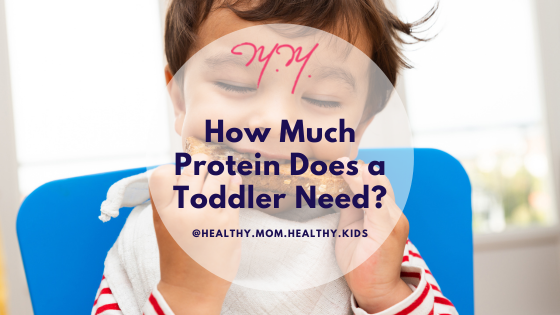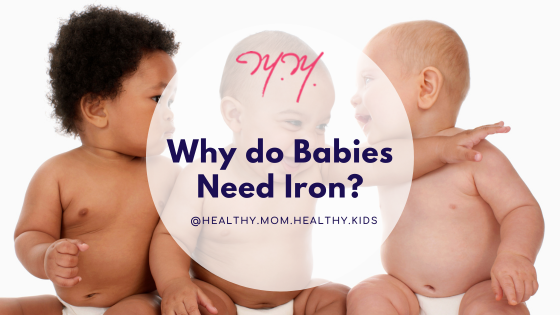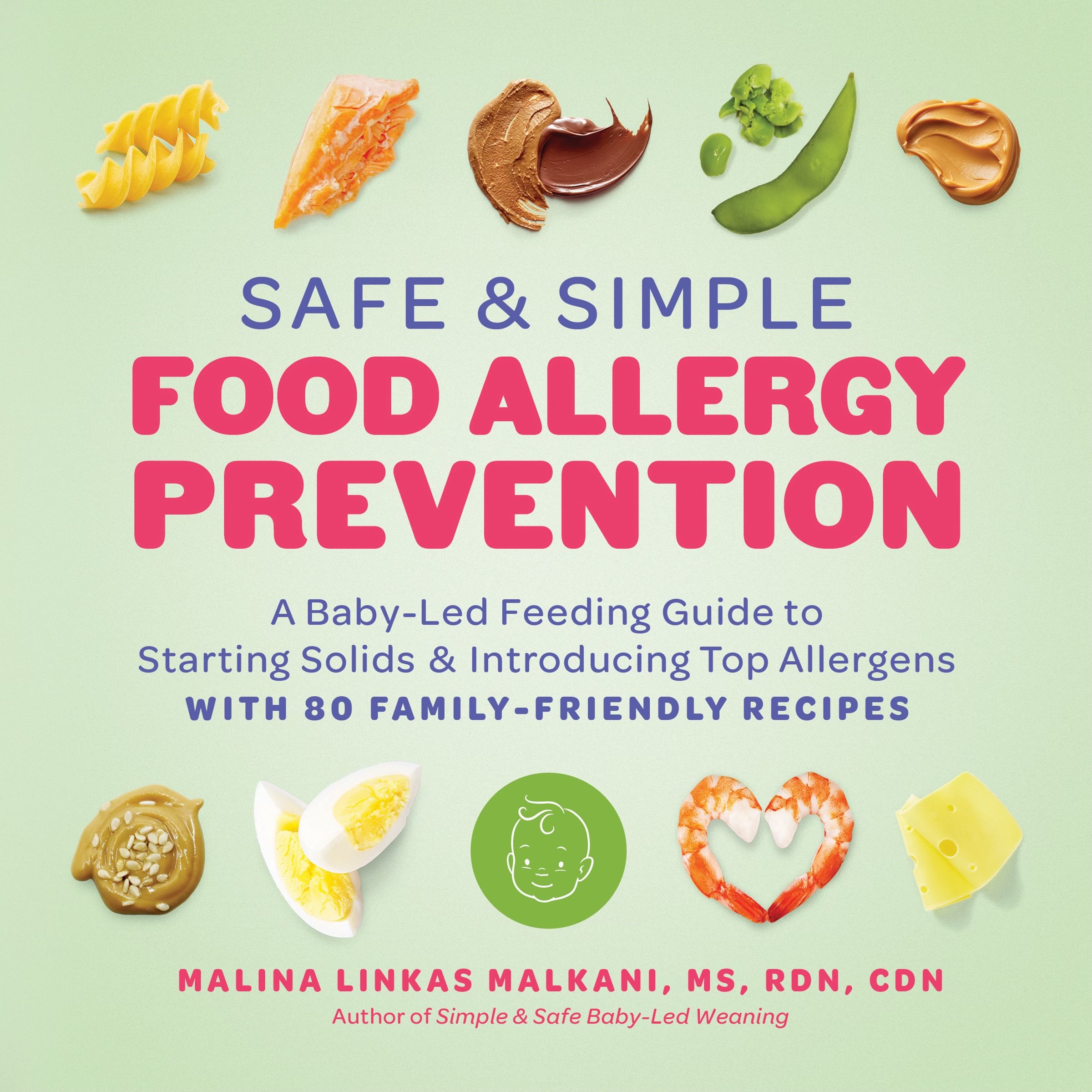How to serve chicken to a baby
This blog contains affiliate links, meaning that if you choose to purchase a product through a link, I will receive a small commission - this in no way impacts the amount you pay. Affiliate links are marked with an asterisk (*).
When your baby is learning to eat solid foods, as a parent you may wonder what foods are safe, and when you should introduce different flavors and textures. Depending on how you prepare it, chicken can be a nutritious, baby-friendly option during both baby-led weaning and traditional spoon-feeding.
Chickens have different parts with various flavors and nutrient profiles that you can either puree or serve to your baby in tender-cooked bites. Dark meat and white meat chicken breast both work well as baby solid food and offer a range of key nutrients for babies, including iron and zinc.
In this post, we’ll break down some of the confusion about food labels so you have a better understanding of what it means to buy pasture-raised, conventional, organic, and cage-free chicken. We’ll also cover why chicken is nutritious for babies, how to prepare chicken safely for little ones, and how to serve chicken to babies in ways they can both self-feed and enjoy via spoon.
What do the labels on chickens mean?
Food labels and food packaging can be confusing, and sometimes even misleading. Here is some information on what each label means with regard to how the chicken was raised:
Conventionally-raised chicken
Chickens are raised in an environmentally-controlled space without access to outdoors and are fed a grain-based diet
Free-range chicken
Per the USDA, animals are given access to the outdoors, but no standard is set for how much space or how much outdoor access is required per bird
Pasture-raised chicken
Animals have unlimited access to the outdoors for at least 120 days
Free-range chickens: have at least 2 square feet per bird any must be outside at least 6 hours per day, weather permitting
Pasture-raised: chickens have 108 square feet per chicken with year-round access and housing to shelter at night
The better the care of the animal, the higher the cost. So what should you be buying? We’ll cover that below.
But first, what about organic chicken? USDA Requirements for organic chicken ban the use of excessive feed supplements, additives, antibiotics, and animal drugs to promote growth. Chickens must be fed a 100% organic diet, managed by organic standards from the day after they are born and forward, and given year-round access to outdoor areas, shelter for sleep, and opportunities for exercise.
Which type of chicken should you buy?
It depends on your priorities, budget, food access, and goals. While some studies show that meat quality has improved in free-range chickens, increases in meat quality can also result from chickens consuming mealworms and grass in cage-rearing environments, so from a nutrition perspective, there is plenty to be gained from all types of chicken.
Know that chicken products with the Certified Humane® label can be a great way to ensure a certain standard for the chicken's life, but won’t affect the nutrition composition much when compared to conventional.
You can also choose to buy organic chicken products if you prefer and if it is within your budget. However, conventionally raised chicken provides many of the same nutritional benefits.
A 10 month-old baby boy enjoying a chicken drumstick!
Is chicken a healthy food for babies?
Chicken provides many key nutrients babies need to thrive and grow, including high-quality protein. High-quality proteins contain all the essential amino acids, which are the building blocks of proteins. Chicken meat also contains a range of vitamins and minerals, including...
Vitamin B3 (Niacin)
Vitamin B6
Vitamin B12
Choline
Selenium
Zinc
Every essential vitamin and mineral has specific roles within the body and all help support a baby's development in a number of ways. Zinc is an important nutrient during infancy because it contributes to a baby's immune function, wound healing, and plays a role in the developing sense of taste and smell. Iron is another key mineral for babies. Meeting a baby’s iron needs is important because iron helps red blood cells with oxygen delivery throughout the body and supports developing brains and immune systems.
Chicken can also be a great way to provide calories and nutrients for growth. Some babies have a difficult time getting all the calories they need to grow, whether they are following a baby-led weaning approach or a traditional spoon-fed method, and many have trouble getting enough iron, which makes chicken a great choice for many babies.
Chicken has white meat, as well as darker meat, each with its own nutritional merits. Typically darker meat chicken has more calories and iron, and can be a great way for little ones to efficiently get more calories, especially if they are more selective eaters.
Is chicken liver a healthy choice for babies?
Chicken livers pack a surprisingly nutritious punch and contain a significant serving of iron. You may be thinking…what? Chicken liver for a baby? But stay with me here!
Chicken liver is rich in iron and incredibly nutrient-dense. Offering a variety of different foods and flavors at this stage helps increase the likelihood that babies will accept a wider range of foods and flavors as they grow, and serving chicken liver even helps promote sustainability, because you are making use of many parts of the chicken.
One study involving a blind sensory test used a chicken liver-based baby food compared to a baby food primarily made from ground beef, and showed no differences in taste preferences between the two foods for the babies or the mothers in the study, despite a majority of the mothers expressing a bias against chicken livers initially. So who knows? Perhaps your baby will like chicken liver too.
How do I safely prepare chicken for my baby?
Start with food safety! Chicken can cause food-borne illness when not prepared or handled carefully. Be sure to store raw chicken away from produce and in the coldest part of the refrigerator or freezer. Thaw safely in the refrigerator and take care to avoid cross-contamination by washing your hands and any surfaces that come in contact with raw meat poultry.
Chicken should be cooked to an internal temperature of at least 165° F degrees and checked with a meat thermometer. As long as the chicken is cooked properly and the skin is removed, white or dark meat chicken can be offered in a variety of ways:
Boiled
Oven roasted or baked
Rotisserie
Slow-cooked* chicken breast is a great first method for your little one to try since it keeps the meat moist and tender. Roasted chicken can also be tender and easy for babies to “chew.”
You can cook ground chicken by creating mini meatballs or patties and slicing them into strips for your baby to self-feed. Or cook chicken into a baby-friendly soup, like this baby-friendly Avgolemono Chicken Soup.
For an easy chicken drumstick recipe that babies can enjoy and self-feed, check out my 12-Week BLF Starting Solids Meal Plan.
A great way to introduce darker meats is with slow cooker* chicken recipes (i.e., a slow cooker* curry chicken recipe, or the Slow Cooker Chicken Korma recipe in my new BLF cookbook). Chicken thighs can be cooked in an Instant Pot* using the pressure cooker function since it makes the meat soft and moist.
You can also add salt-free seasonings to chicken recipes to help expand your baby’s palate. Experiment with garlic powder, smoked paprika, or onion powder which are safe for babies to eat.
How should I serve chicken to my baby?
Be sure to consider how you size foods for your baby during the process of introducing new foods. During the earlier stages of baby-led weaning when babies are using a palmar grasp to palm larger objects up to the mouth, offer strips of tender chicken about the length and width of an adult finger, or resistive drumsticks with the skin, gristle, and any protruding bones removed.
When babies start using a pincer grasp and pick up finger foods between the thumb and forefinger (i.e., which usually emerges at around 9 months), cut soft-cooked chicken into bite-sized pieces about the size of a chickpea.
When working with most prepared chicken, you can always use a blender or food processor* to create a chicken puree for your baby, using a small amount of the cooking liquid or a no-salt-added chicken broth to create the desired consistency for spoon-feeding.
If you’re interested in learning more about how and when to integrate foods, determine portion sizes, and identify food allergies for your baby, check out my new baby-led feeding cookbook!
Thank you to my Dietetic Intern, Nicholas Salamone for his contributions to this blog post.













